Lenovo thinks Yoga Book rip-offs are just a matter of time
Lenovo reckons it's nailed its new tablet formula
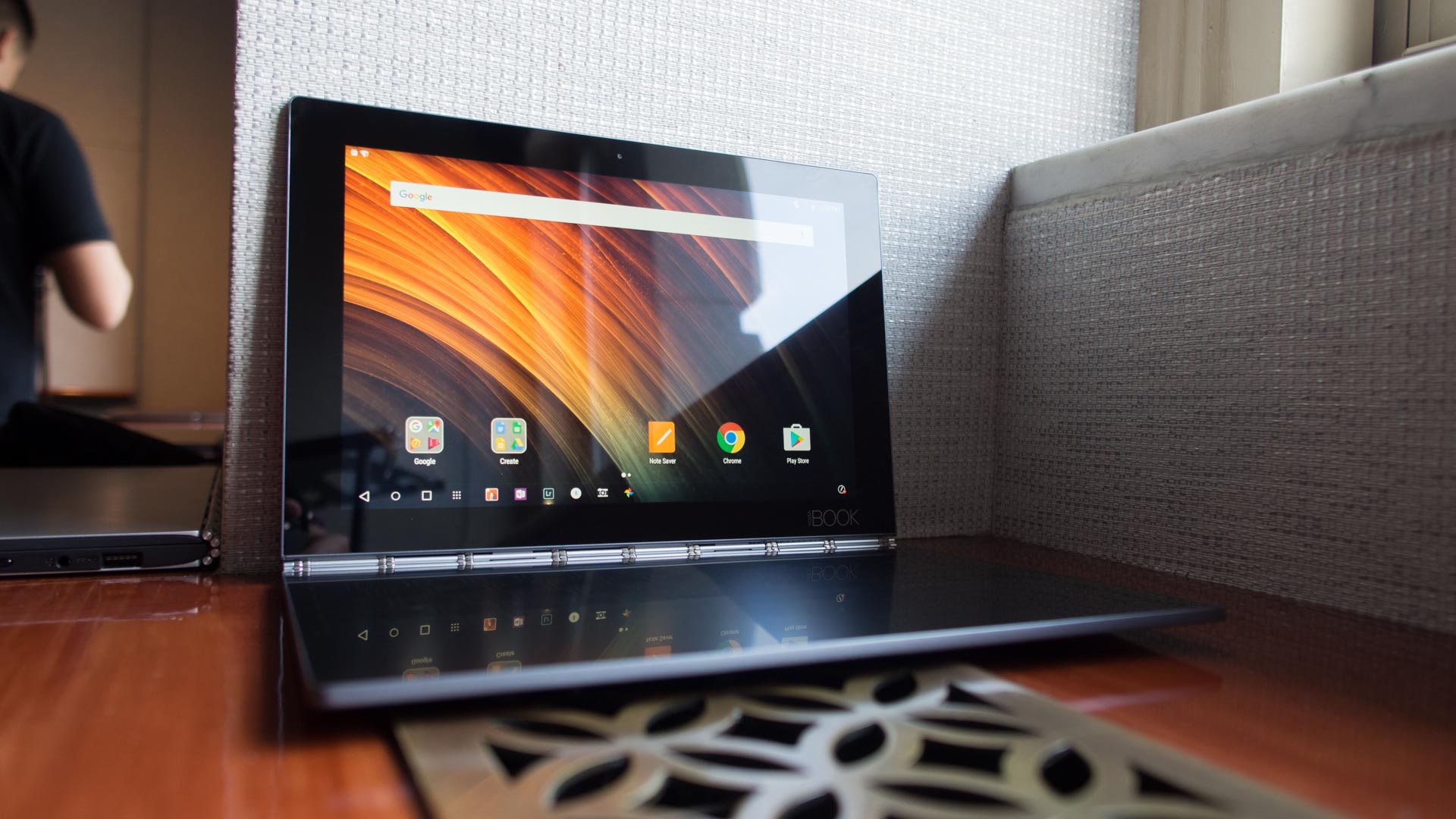
Call it revolutionary or deride it as a low-end 2-in-1 with an Atom chip inside, but there's no ignoring Lenovo's Yoga Book right now. The company that practically invented the convertible notebook form factor is now looking to shake up the tablet space with its pint-sized device, which has ditched the keyboard and introduced a pen that turns your scribbles into digitized notes.
Lenovo is clearly proud of its new creation. In development for three years (compared to nine months for a regular product cycle), the Yoga Book is being positioned as the figurehead of the tablet 2.0 revolution - one that pretty much nobody knew existed until IFA 2016 rolled around.
Matt Lazare, Yoga Book Campaign Manager at Lenovo, reckons the Yoga Book's 'Halo' touchscreen keyboard, which registers keypresses with haptic feedback, will make you forget all about the horrors of tapping on glass that have plagued the tablet category since 2010. Our hands-on typing test found that speedy typists won't be able to rack up the same words-per-minute as on notebooks, but it's certainly preferable to using a touchscreen keyboard.
We sat down with Lazar at IFA to talk all things Yoga Book - from concept to creation - at the Berlin tech expo.
TechRadar: Is the Yoga Book designed for specific use cases, or do you see it as a device than replace people's notebooks generally?
Matthew Lazare: We design our devices, whether it's the Yoga Book or the Yoga Tab 2 Pro with the projector, with specific use-cases in mind. We look at what consumers are doing or want to do with their devices and try and bring that to life. We certainly don't see Yoga Book as a niche product, although it has a lot of niche functionality built into it at its base. But this is a fundamental tablet and 2-in-1 device.
We see it as very much the singular device beyond your smartphone that a lot of people in our target audience are going to want to bring around with them. It's a universal device that we see as replacing anything you have sitting in that middle category. For young professional students in the eighteen-to-thirty-five age range, we see this as a very much able to replace your PC for a lot of key functions.
Get daily insight, inspiration and deals in your inbox
Sign up for breaking news, reviews, opinion, top tech deals, and more.
It feels like a business-focused device in many respects, what with the real pen and note-taking functionality...
Absolutely - we think that entrepreneurial types and students and professionals of any age who take notes during meetings and have them instantly transmitted to your device are going to find this amazing.
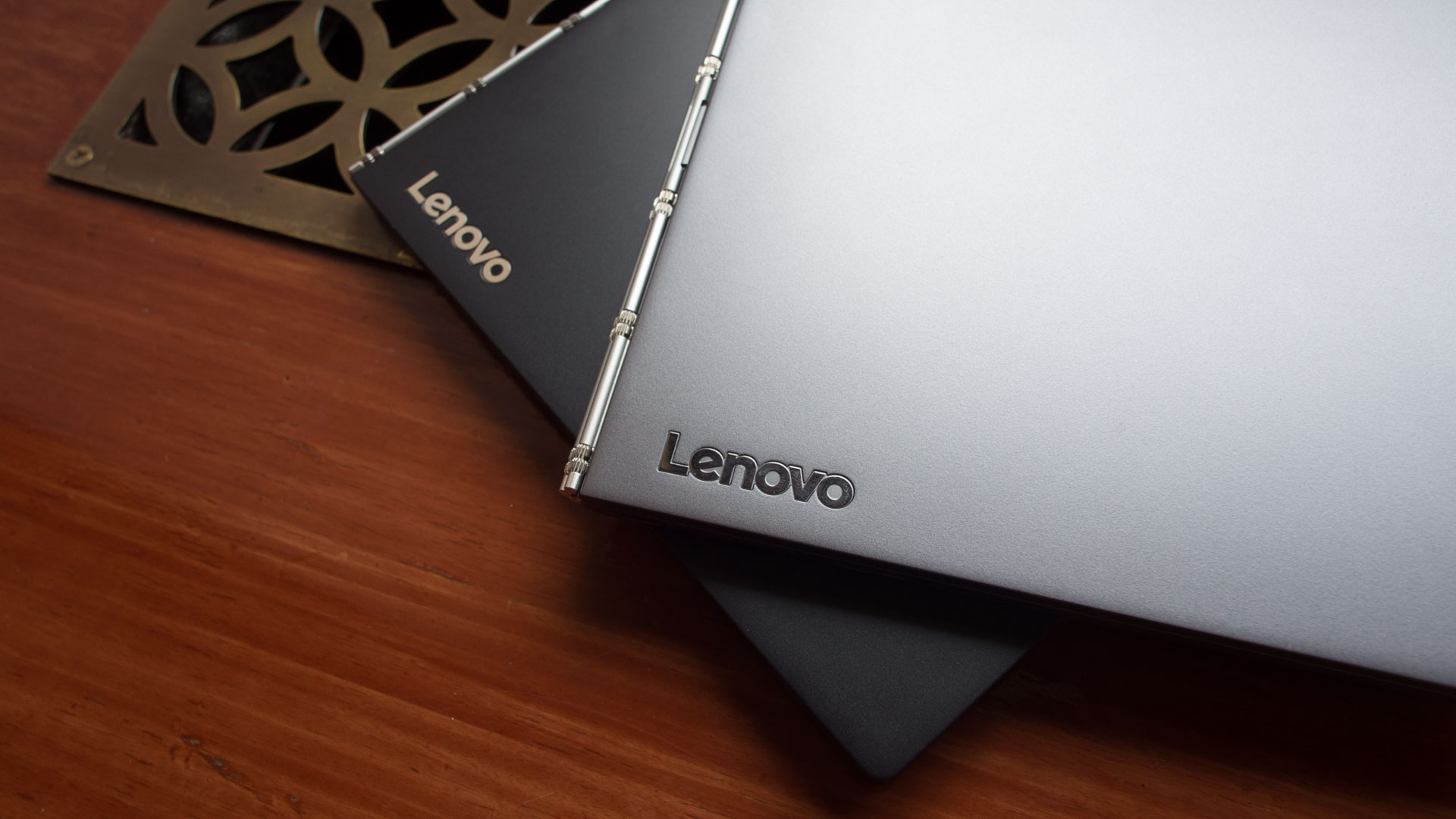
How is the Yoga Book going to shake up the tablet category?
The fact of the matter is that the tablet category is one that is boring people to tears - it's been boring for years. People are sick of hearing about slates - they've got it since 2010 with the iPad. To reinvigorate the category we looked at how many people are using their tablets, which they love - there's just not been anything new for a while.
Our research found a disparity between eighteen-to-thirty-five-year-olds and and folks in their 40s and 50s, who use their tablets predominantly when they get in and work from the sofa, in bed and may watch Netflix and YouTube videos, etc. Younger people tend to take their tablets around more and use them at school and in the workplace to accomplish more, but are hamstrung by a lack of functionality in tablets out there.
Some of our competitors that add on accessories that let you type and draw start approaching the $1,000-plus price range. We wanted to achieve that and more for this younger generation at a fraction of the cost, and think we've pulled that off.
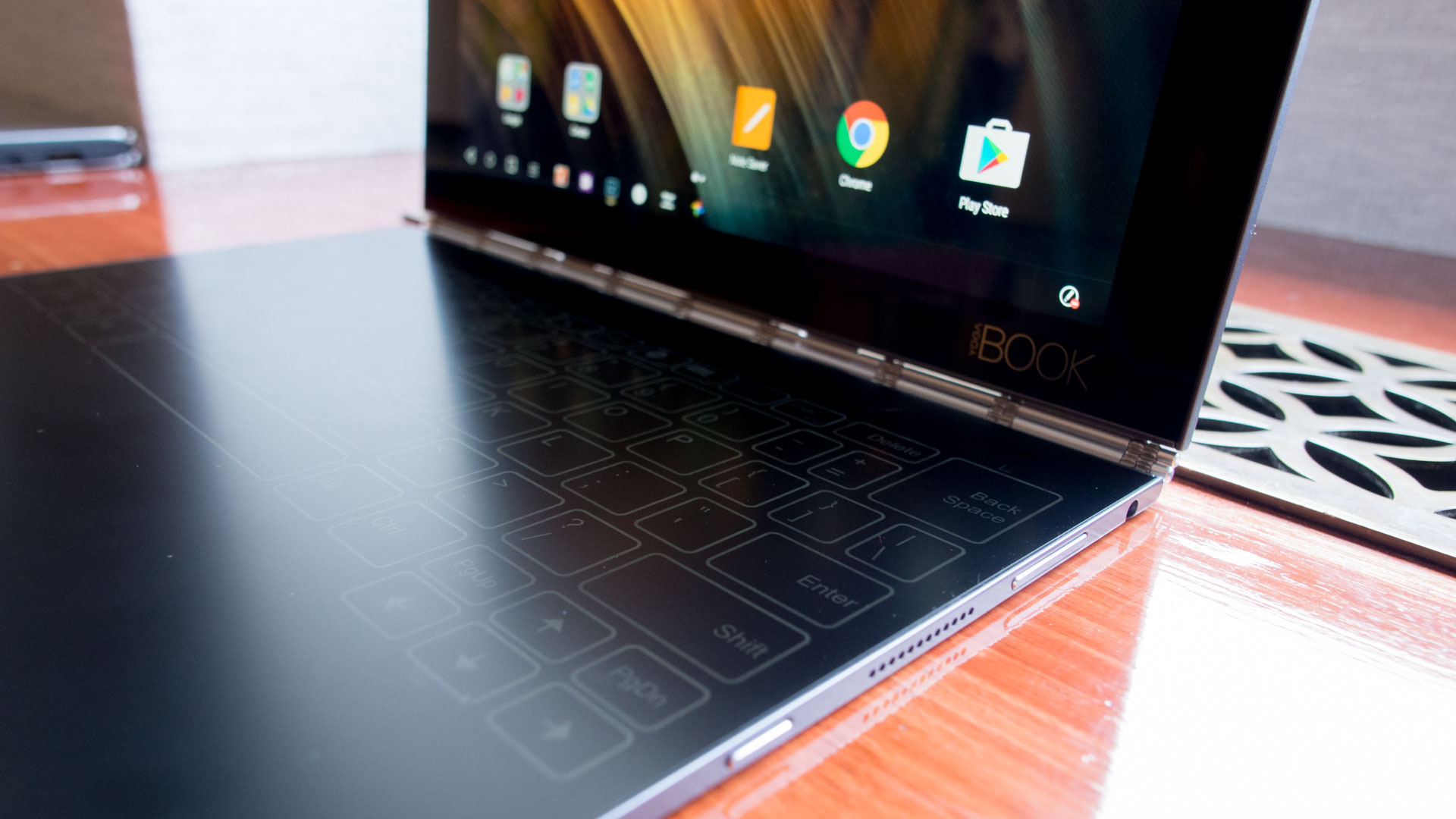
What was the decision behind offering both Windows and Android versions?
We're offering both and it's up to the user to feel what they're most comfortable with. In terms of specs and speeds, we're talking about the same device. The functionality differences are really tied to the operating systems and what they can do.
Chrome OS feels like a good fit for the Yoga Book - especially with Android apps coming down the line. Is that coming soon?
I can tell you that Chrome OS is something that we're thinking very seriously about, especially with the big upgrades coming down the road that will allow access to the Android app ecosystem. You should look for us to take this hardware platform in Yoga Book and make waves on that front. Obviously you'll hear more about that down the road.
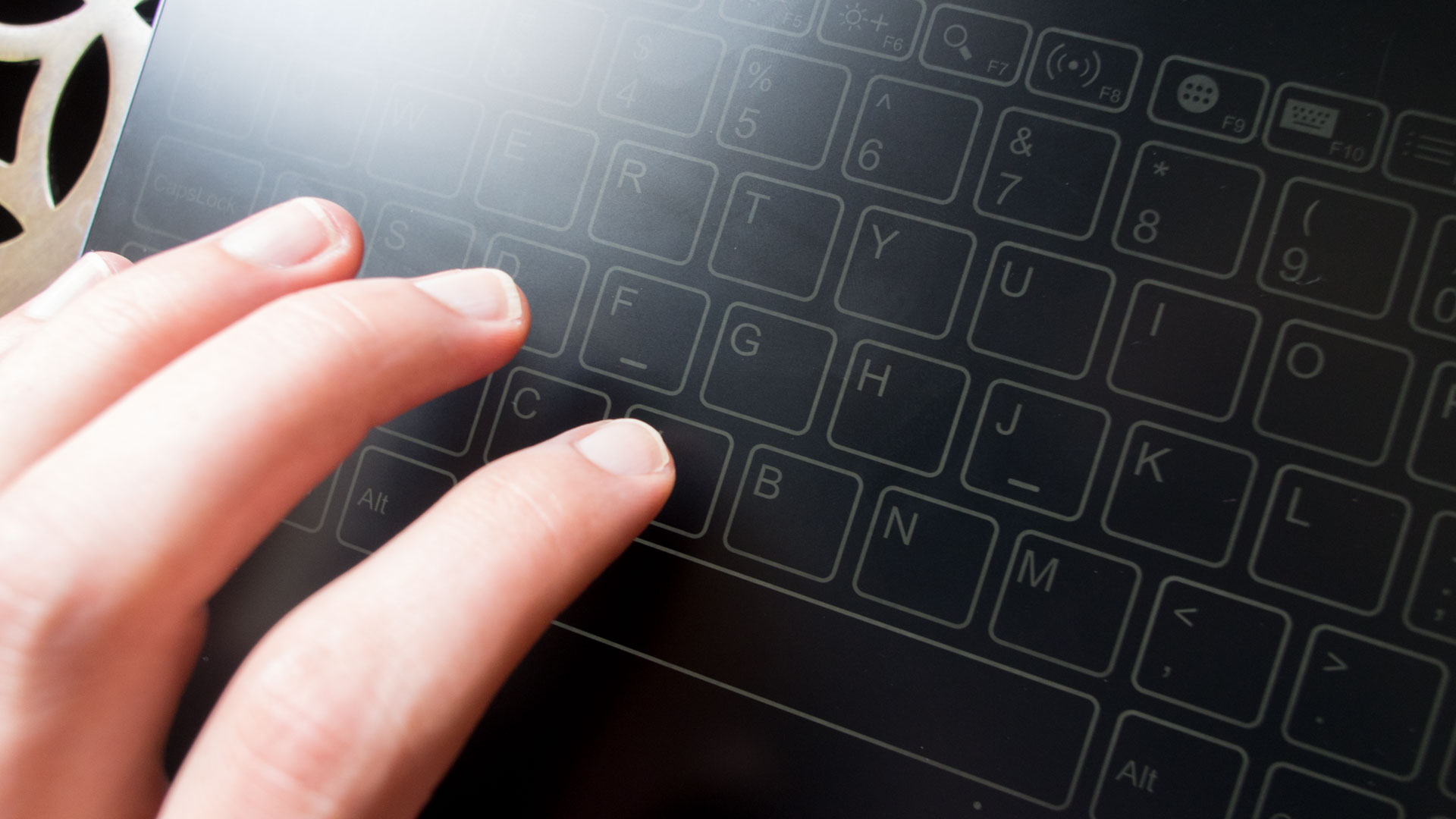
Did you consider a dual-boot option that ran both Android and Windows?
No - we didn't really think about that because we wanted different price tiers. People who wanted Android would have had to pay for the Windows license.
What kind of challenges did you face in achieving the Yoga Book's slim design?
Three years of research went into it, and we generally spend nine months bringing a product from conception to life. In trying to bring its keyboard to life while maintaining its thinness and lightness, we had one option - to create something totally new. The pain in achieving what we did came from testing and developing the Halo keyboard.
Would you have included a physical keyboard instead of the Halo keyboard if it didn't compromise the device's thickness?
We're not talking about the Yoga Book in the sense that we would love to give people a laptop keyboard but unfortunately had to settle with the Halo one. It's sexy - trust me - people are going to bring this thing out maybe in cafes or meetings and it looks like nothing else on the market.
There's a bit of a learning curve of ten-to-fifteen minutes, especially if you're coming from a touch-first mindset. After that you can type on it faster than a tablet screen. I won't pretend this is the device you're going to want to type an eight-hundred-word legal brief or use to pour over spreadsheets, but this is still awesome for that.
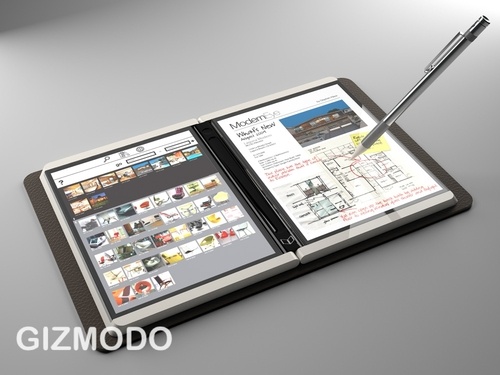
Yoga Book has shades of Microsoft's Courier device - did you research that device when developing it?
The Courier is something that we were aware of, and Acer also tried something a couple of years back with the Iconia. We were aware of those concepts and what all of our competitors and Lenovo has done in the past. I would say that, in principle, we weren't tying to achieve something that had failed in the past or tried to bring something ultimately neglected back to life.
Apple is rumoured to be adding OLED function keys to its MacBooks. Do you think the industry is generally going to move to a touch-first mindset in laptops now, and how do you feel about getting there first?
We see this as the future of computing, but it's always a risk when you bring something to life that's never been done before, as it usually hasn't been attempted for a reason. This really is a fairly revolutionary way of achieving a level of thinness and lightness without sacrificing anything in terms of typing, usability and functionality. We think we've hit upon something really cool - it wasn't a stab in the dark.
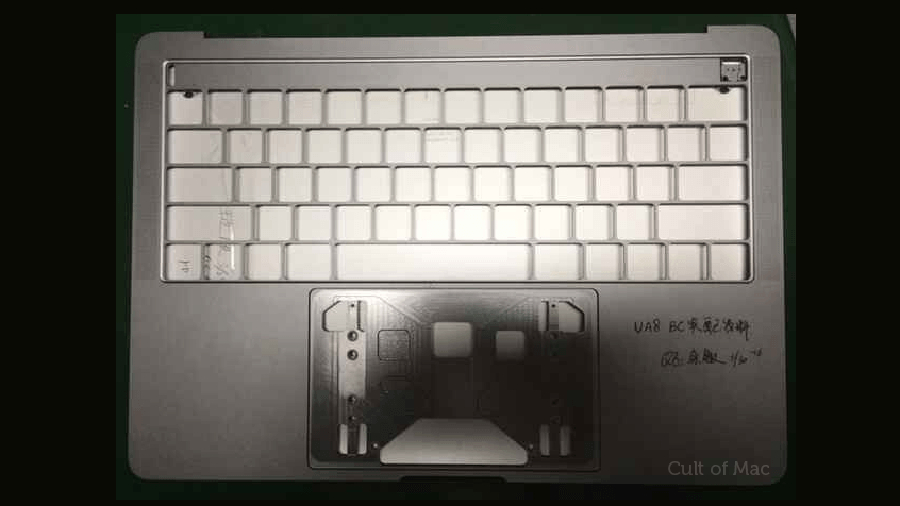
Again, all of the new features you see here - from typing to design and being able to take notes on paper and instantly have them transmitted and digitized - has been rigorously tested across multiple key markets. We know we're bringing together a product that's going to hit and we wouldn't be surprised to see our competitors do something similar in the near future; but we were first.
The Halo keyboard remembers your typing errors and adapts the keys' positions to suit you - how does that work?
That's the beauty of combining hardware and software. If your propensity is to, say, jab just below the spacebar with your right thumb, the spacebar is never going to grow or modify to suit you. But our hardware keyboard paired with software lets keys adapt as you move forward and senses that you have a tendency to hit just below the spacebar, or hit shift just to the left of it. This range of motion detection will expand and accommodate you.
Won't that encourage lazy typing? It seems like a good opportunity to teach people how to type.
Frankly, we'll let other people encourage proper typing patterns. I was taught to type the proper way as a child, but I don't - I type in my own way, quite fast, which accomplishes what I need. We want to let people not think about the typing, especially if it's on something that represents a fairly new experience and will need people to get acclimated to before being fully up to speed. We want typing to be something that feels fun and doesn't impede the process of getting your thoughts into the universe.
To what point is the Yoga Book a blueprint for larger devices featuring a Halo keyboard?
I can't talk about that in a tremendous amount of detail, but we don't see this as a flash in the pan. We've already held meetings with the media and business parters about Yoga Book, and we've had a tremendous reception from our target audience. We think the pairing of a hardware-software keyboard and real pen doesn't just represent that future of this device line, but something that will be extended and proliferate across a variety of form factors - so definitely look forward to an extension of this.
